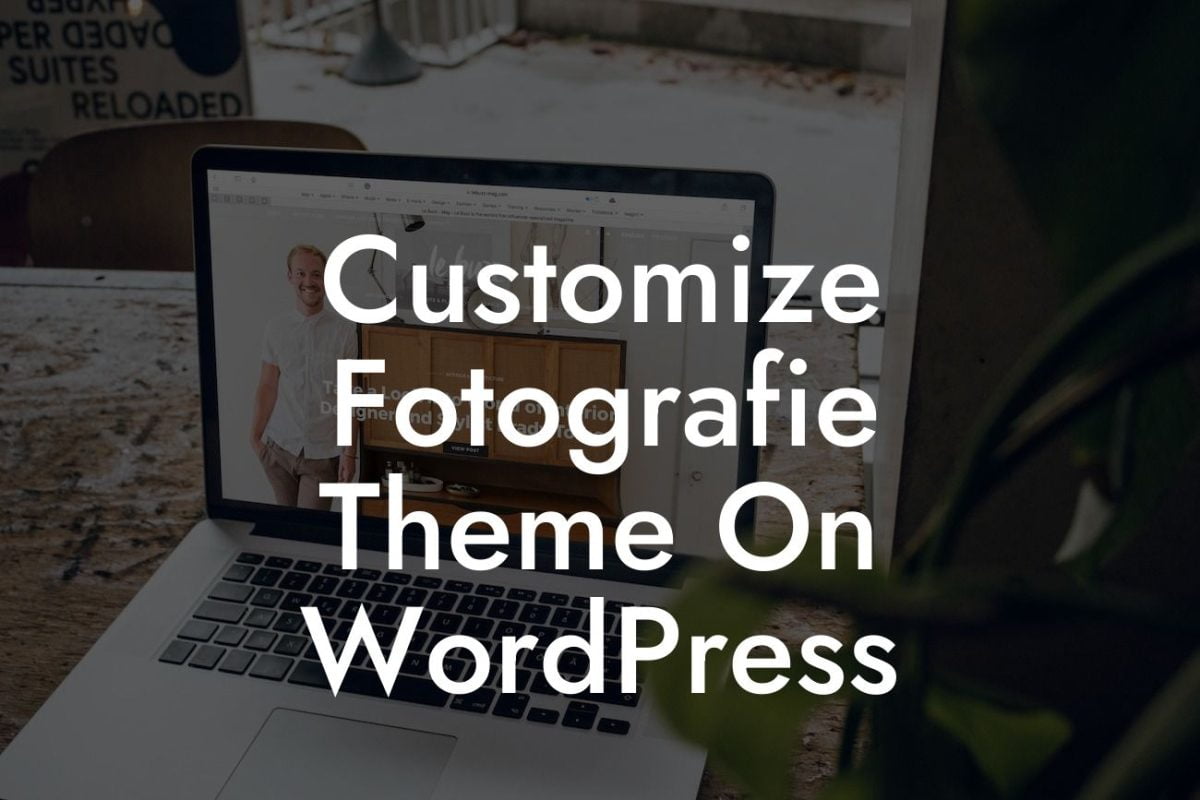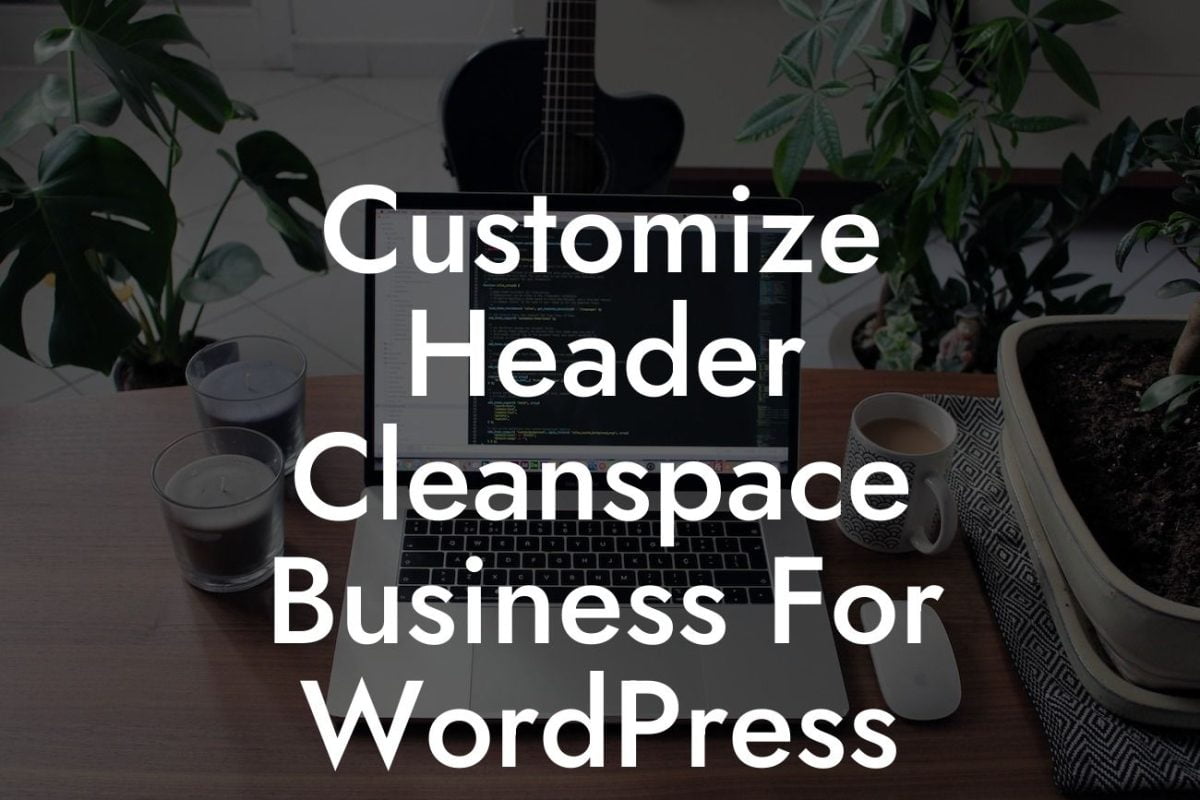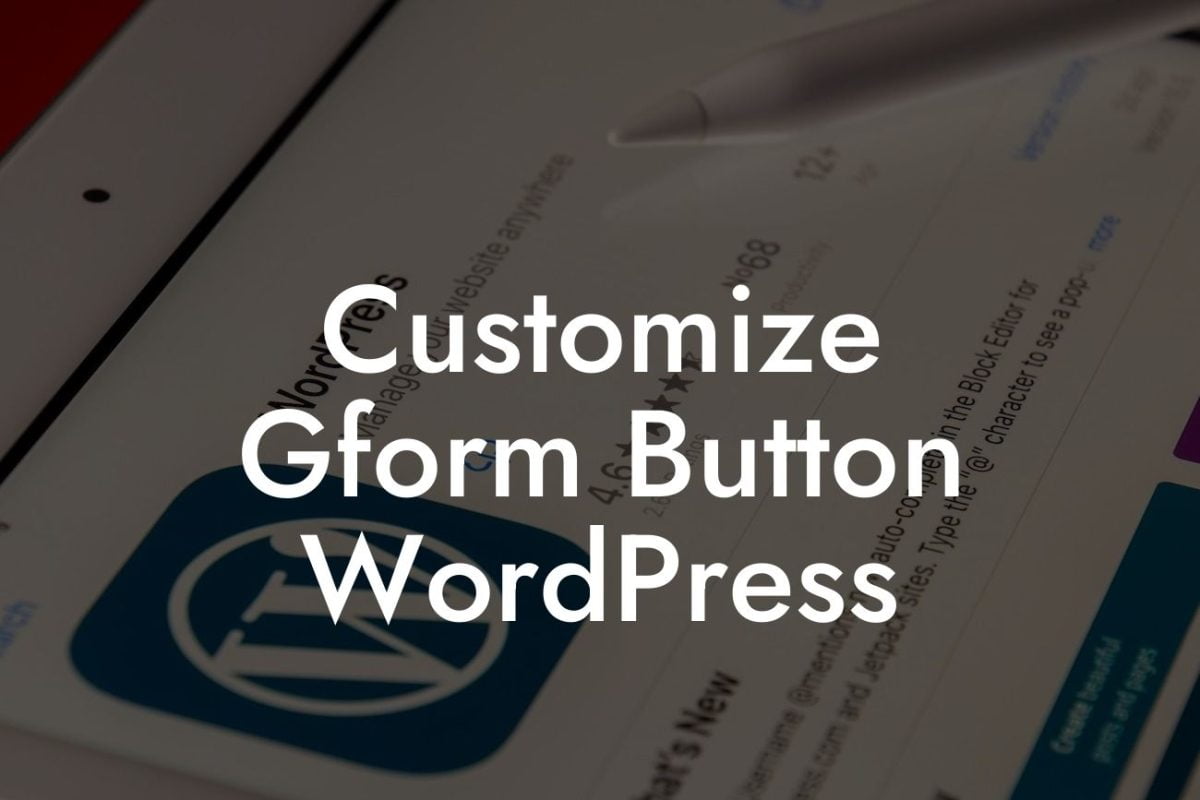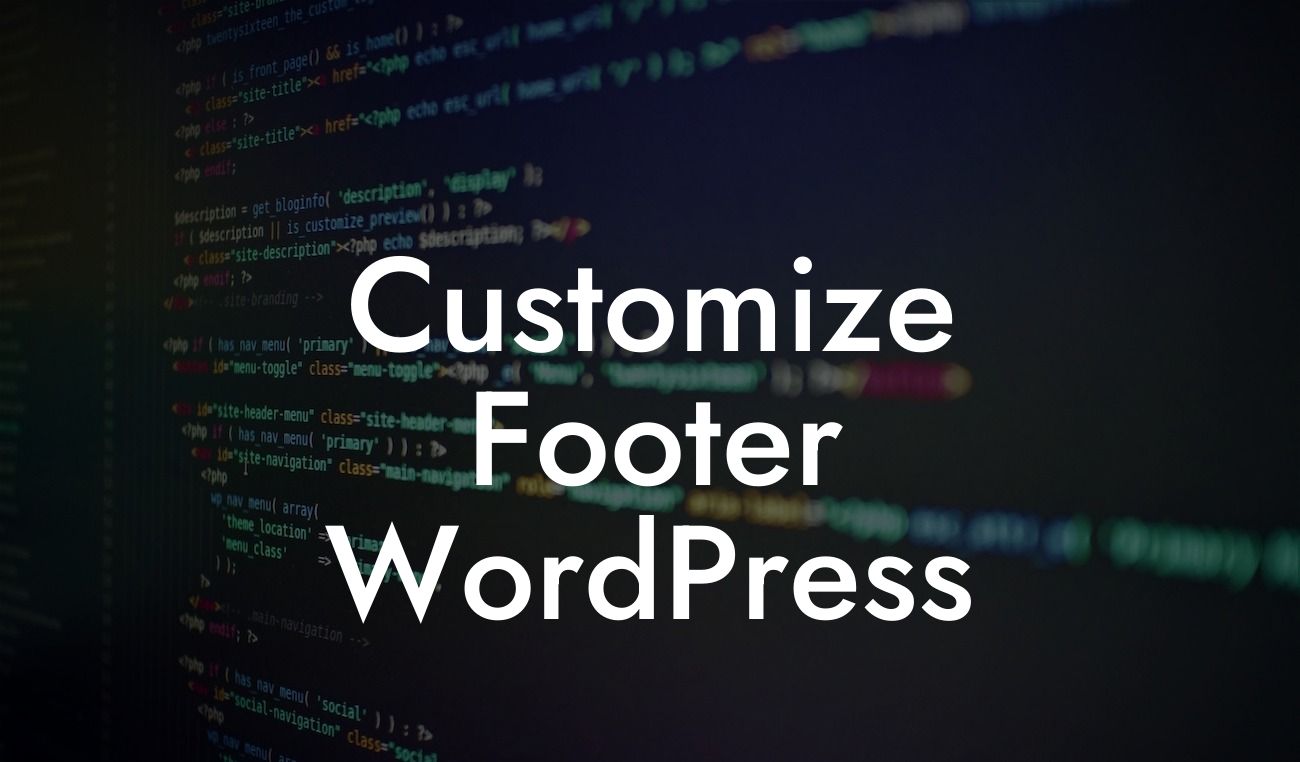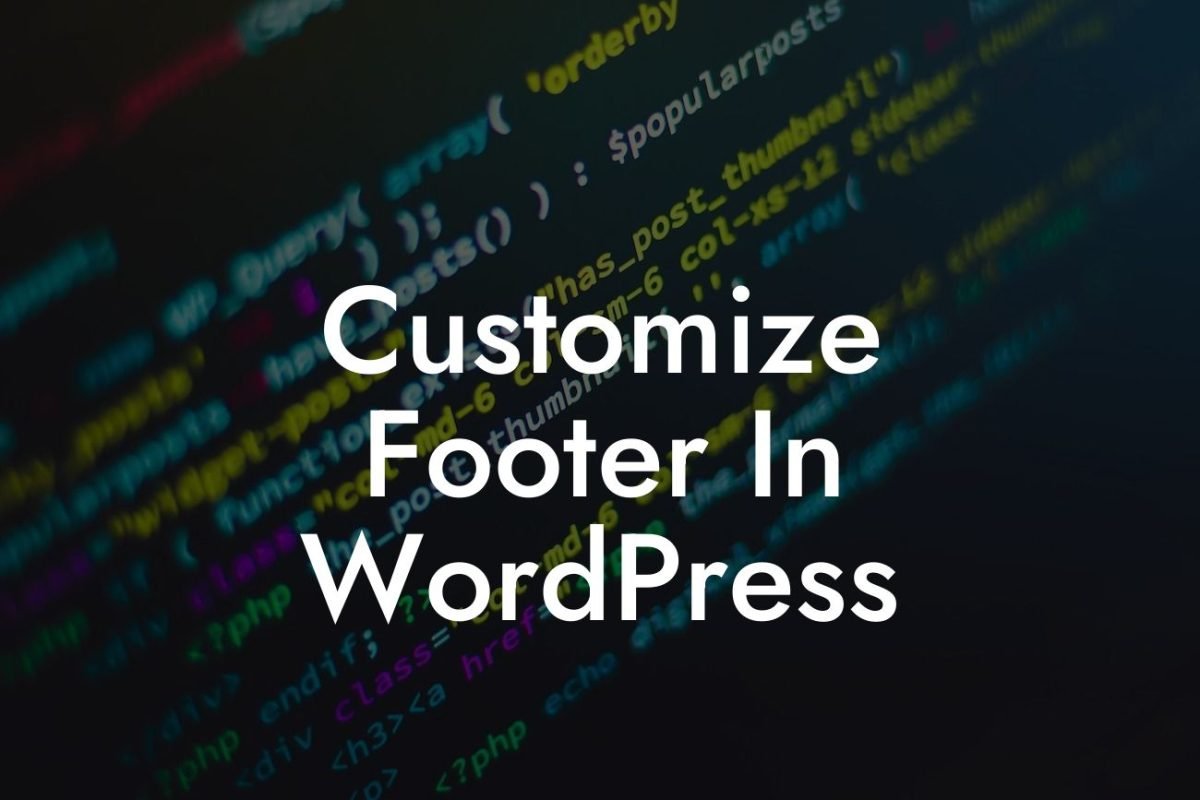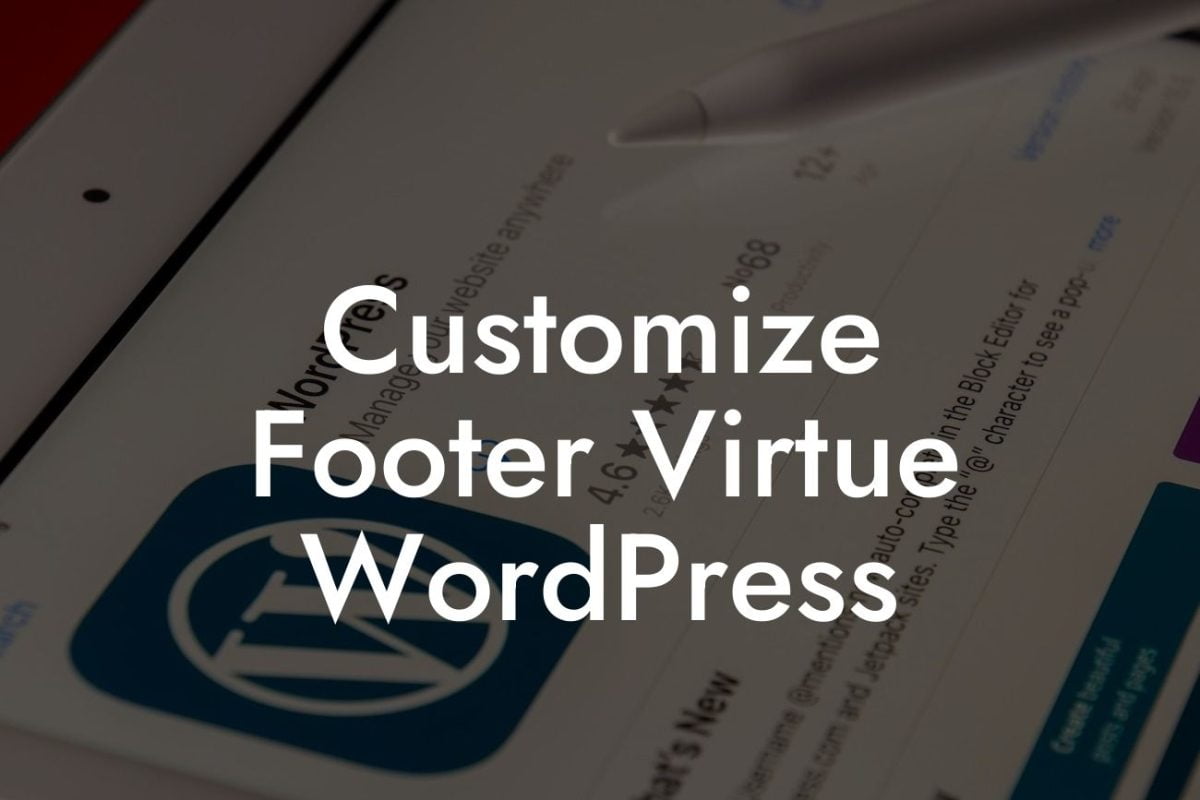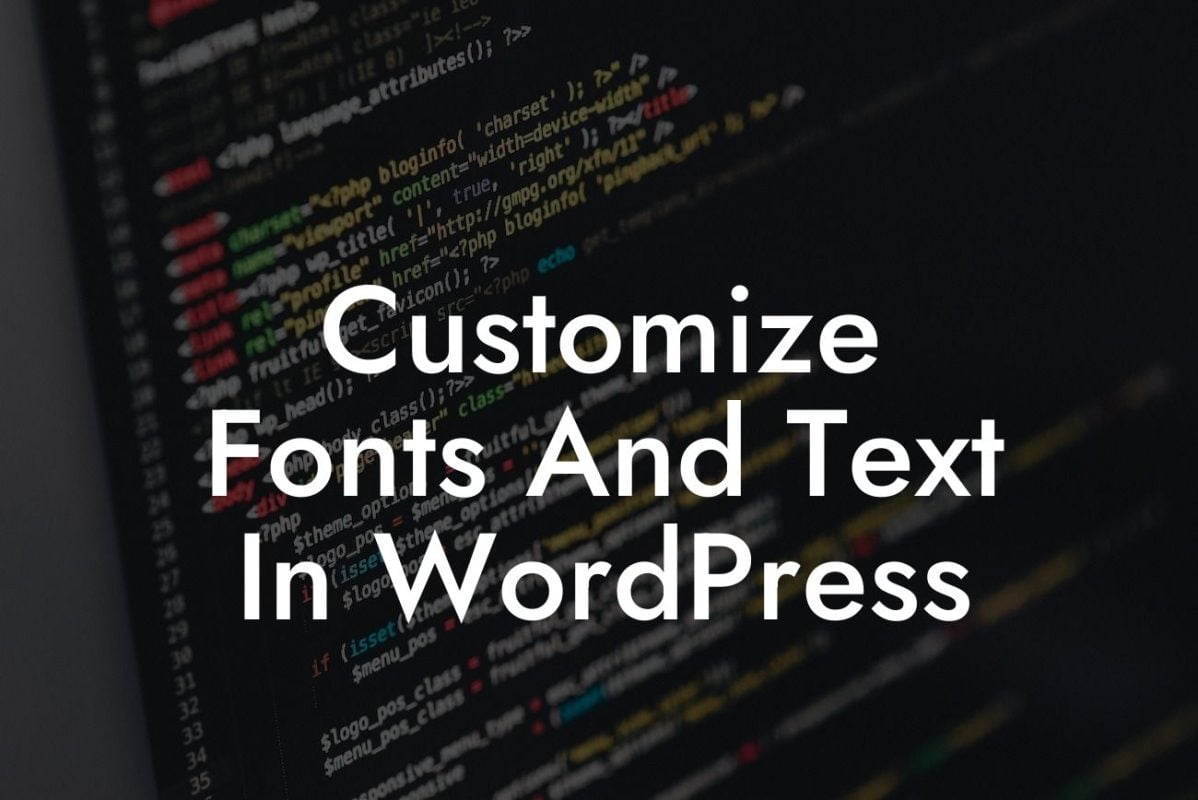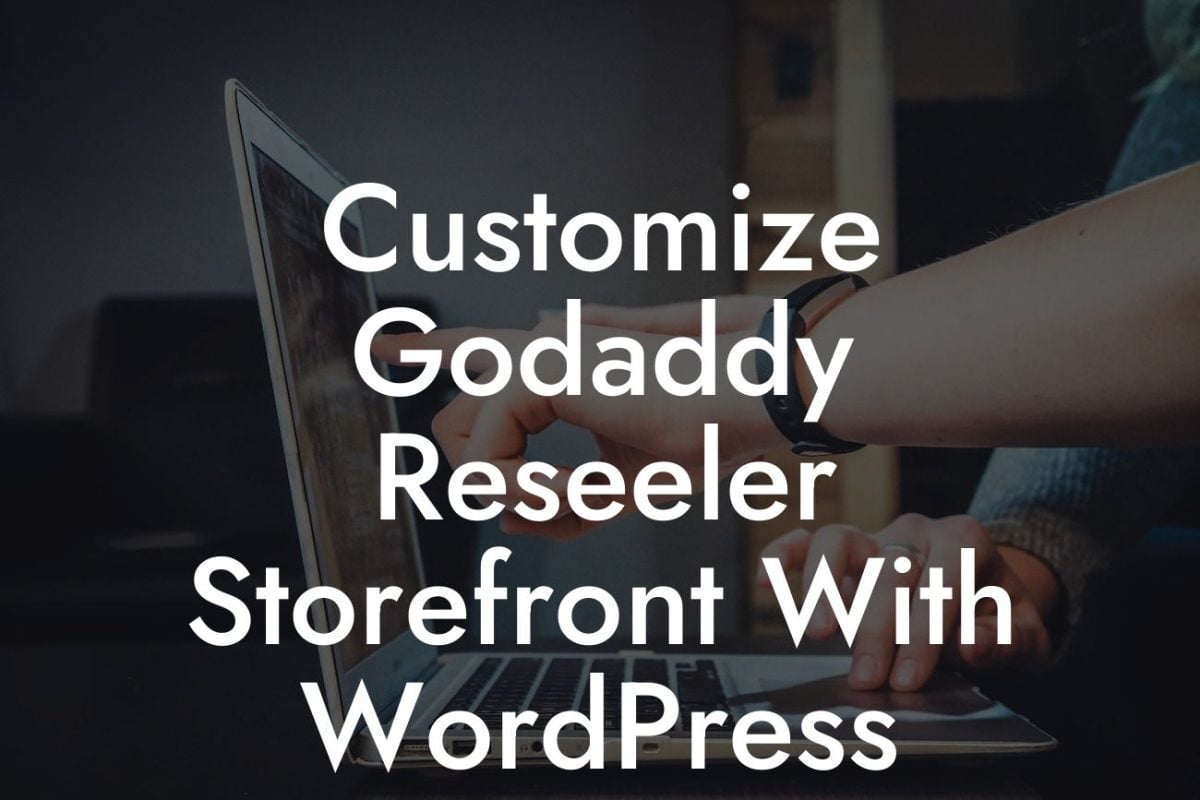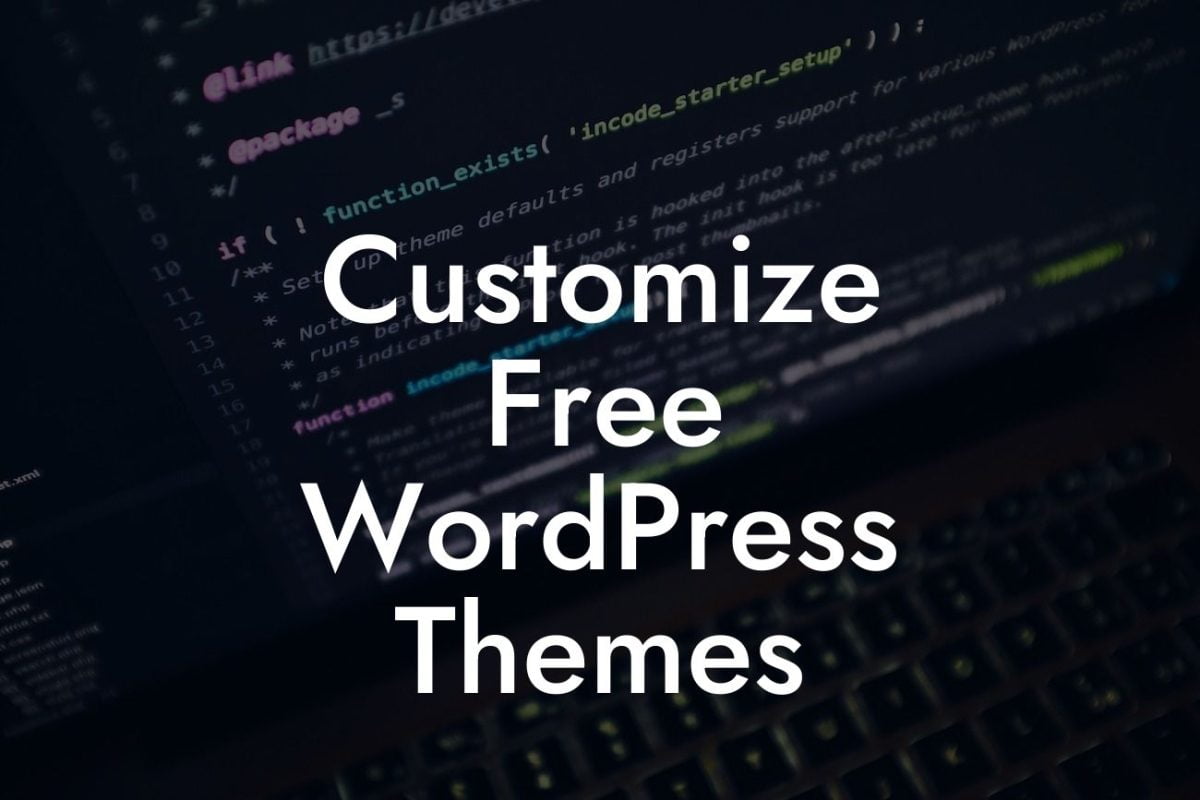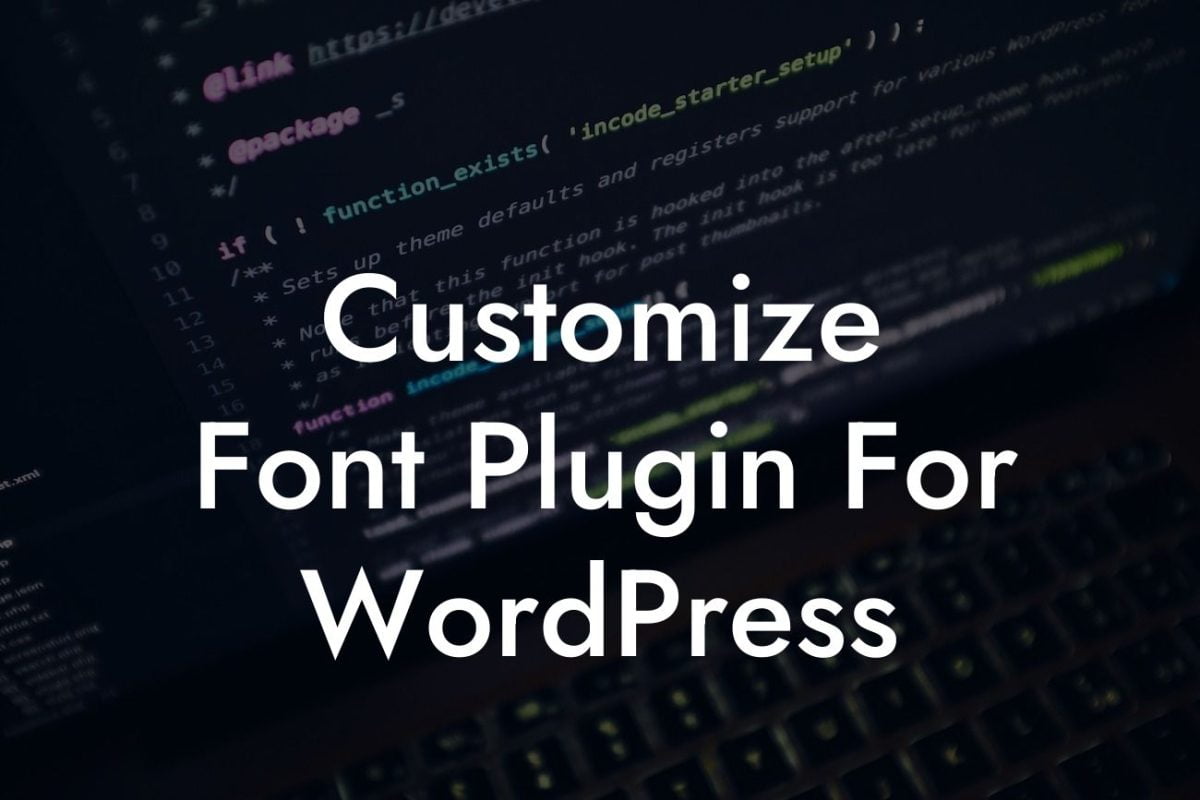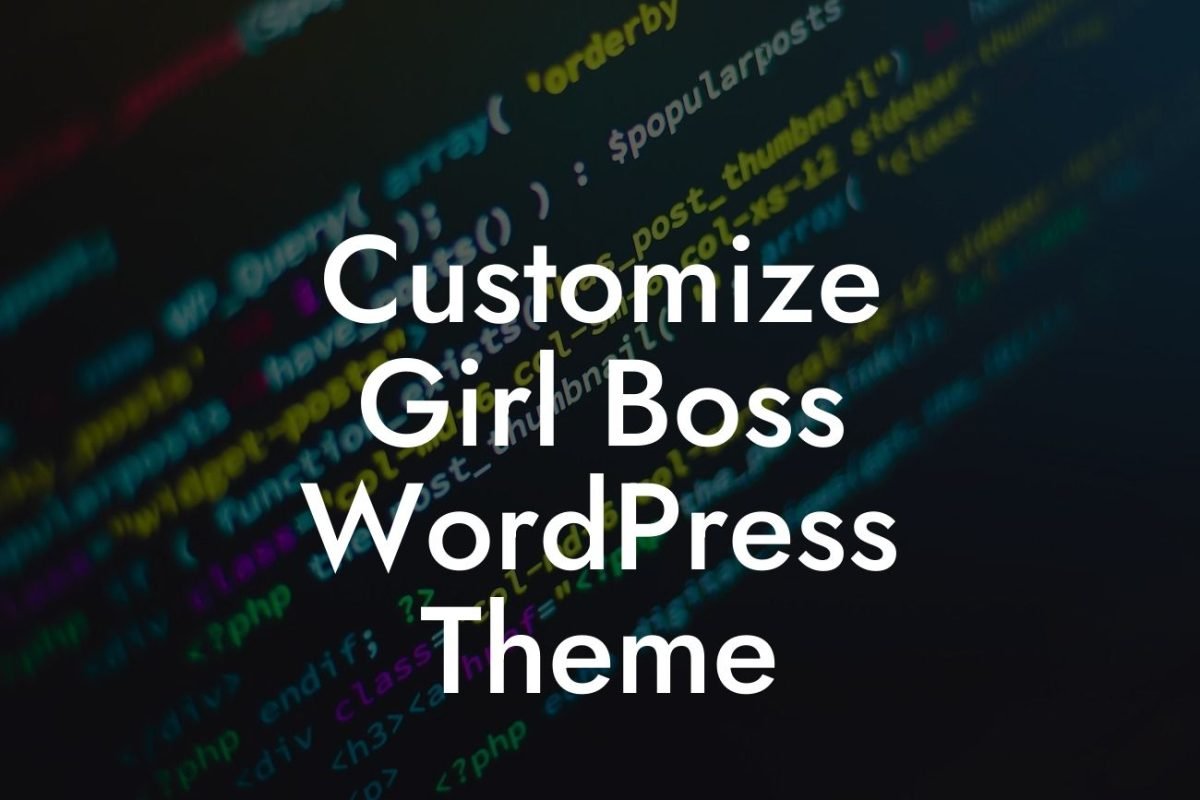Internal nofollow links in Wordpress can be a major hindrance to your website's search engine optimization (SEO) efforts. These links, when improperly implemented, can negatively impact your site's visibility on search engines and ultimately hinder your online success. But fear not! In this comprehensive guide, we will show you how to fix internal nofollow links in Wordpress, empowering you to optimize your website's internal linking structure and supercharge your SEO strategy. Get ready to enhance your online presence and rise above the competition!
H2: Understanding Internal Nofollow Links
Internal nofollow links are hyperlinks on your website that have a rel="nofollow" attribute. This attribute tells search engine crawlers to ignore the link, preventing it from passing authority or PageRank to the linked page. While this can be beneficial in certain scenarios, such as user-generated content or untrusted external links, improper implementation of internal nofollow links can harm your site's SEO.
H2: Why Fixing Internal Nofollow Links Matters
Fixing internal nofollow links is crucial for your website's SEO. When used incorrectly, these links can affect how search engines perceive your site's internal linking structure. If important pages are inadvertently marked with nofollow tags, search engines may not crawl, index, or rank them effectively, resulting in decreased visibility and traffic. By fixing internal nofollow links, you ensure that search engines understand the importance of your pages and pass authority accordingly.
Looking For a Custom QuickBook Integration?
H3: Step-by-Step Guide to Fixing Internal Nofollow Links
1. Identify Internal Nofollow Links: Use SEO auditing tools like Screaming Frog or Google Search Console to analyze your website's internal links and identify those with the rel="nofollow" attribute.
2. Review and Remove Unnecessary Nofollow Tags: Carefully assess each internal nofollow link and determine whether it truly needs the nofollow attribute. Remove the nofollow tag from links that should be passing authority.
3. Implement Proper Linking Structure: Create a logical and hierarchical internal linking structure that allows search engines to crawl and understand the importance of your web pages. Use descriptive anchor texts and relevant keywords.
4. Utilize Plugins: Consider using DamnWoo's powerful WordPress plugins specifically designed to optimize internal linking and simplify the process of fixing internal nofollow links. These plugins provide user-friendly interfaces and automated features that streamline the optimization process.
How To Fix Internal Nofollow Links Wordpress Example:
Let's say you have a small business website offering organic skincare products. A blog post discussing the benefits of natural ingredients contains several internal nofollow links. By fixing these links, you ensure that search engines recognize the importance of the blog post and the linked product pages, leading to increased visibility and potential sales. The process involves removing the nofollow attribute from the links and implementing a cohesive internal linking structure that showcases the interconnectedness of your content.
Congratulations! You now possess the knowledge and skills to fix internal nofollow links in Wordpress. By optimizing your website's internal linking structure, you have laid a solid foundation for improved SEO and increased online success. Explore the other guides offered by DamnWoo to further enhance your digital marketing strategies and check out our awesome Wordpress plugins that can turbocharge your website's performance. Don't forget to share this informative article with others who can benefit from it. Together, let's conquer the SEO world and embrace the extraordinary!


